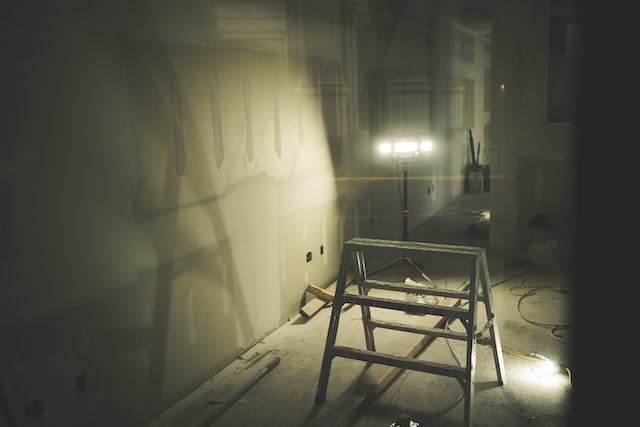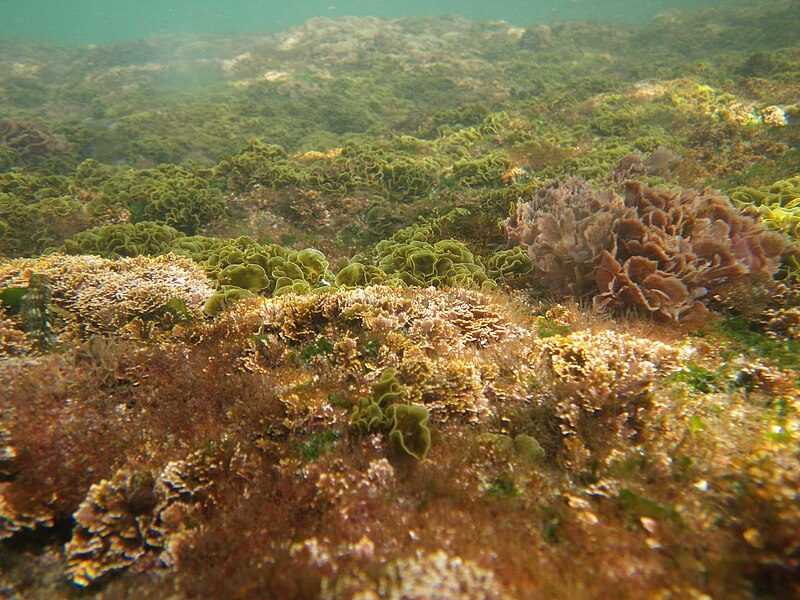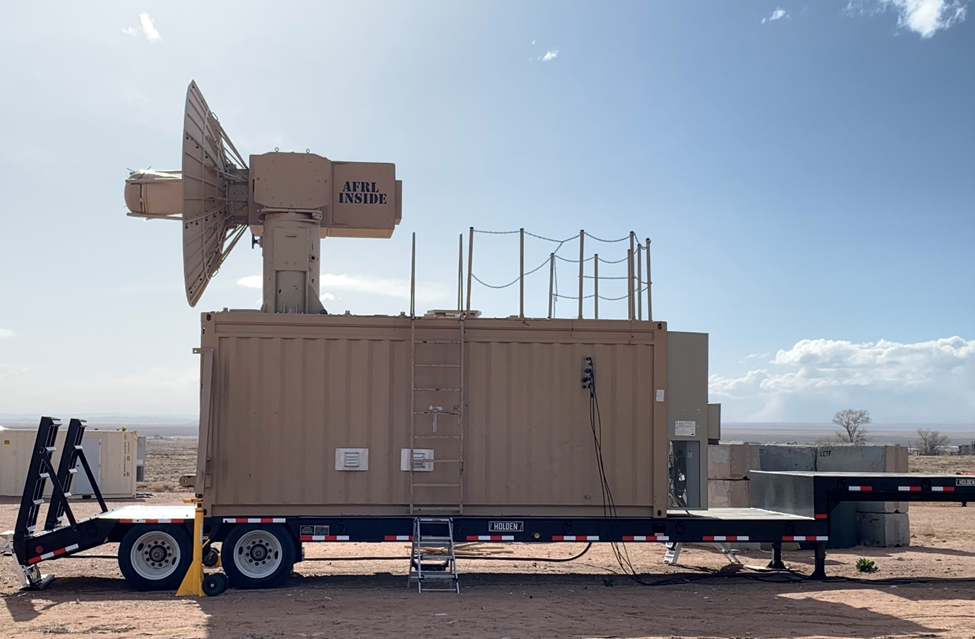In a groundbreaking initiative, Rolls-Royce has successfully repurposed retired Royal Air Force (RAF) Tornado fighter jet components to create 3D-printed engine parts. This innovative approach not only reduces waste but also advances sustainable manufacturing in the aerospace industry.
The Tornado 2 Tempest Project
The Tornado 2 Tempest project, a collaboration between Rolls-Royce, the UK Ministry of Defence, and other partners, focuses on transforming decommissioned Tornado aircraft parts into powdered metal. This metal powder, referred to as feedstock, is then used for 3D printing components in Rolls-Royce’s Orpheus small engine prototype.
A Circular Economy for Defense
This pioneering project exemplifies circular economy principles, where resources remain in use for as long as possible, maximizing their value before being recovered and regenerated at the end of their service life. By repurposing existing materials, the Tornado 2 Tempest project reduces reliance on virgin resources and minimizes environmental impact.
Key Benefits
- Reduced Waste: Diverts valuable materials from landfills, promoting resource efficiency.
- Sustainable Manufacturing: Supports a more environmentally responsible aerospace industry.
- Cost Savings: Repurposing existing components can lower manufacturing costs.
- Enhanced Performance: 3D printing enables the production of lighter, more efficient engine parts, potentially improving overall performance.
The Future of Aerospace Manufacturing
The Tornado 2 Tempest project showcases the potential of additive manufacturing and circular economy principles to transform aerospace manufacturing. As the industry continues to prioritize sustainability, initiatives like this will play a crucial role in shaping the future of aviation.







